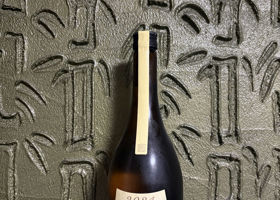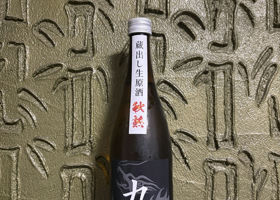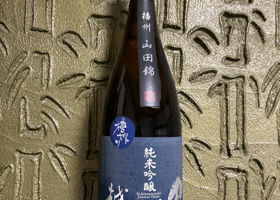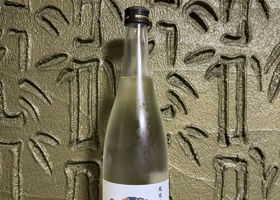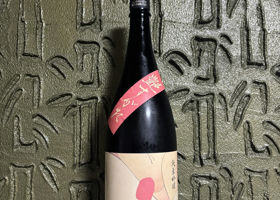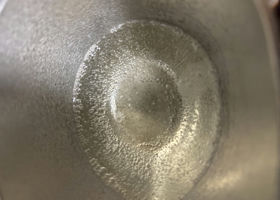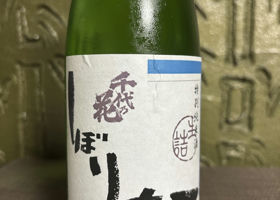
ごう
Chiyonohana Shiboritate Junmai Ginjo Namazume.
Aged for 10 months in ice-cold storage, it has the same sweetness characteristic of Sugihara Sake Brewery, but it has a sweeter, sugar-forward aroma and a thicker, milky, grainier, ginjo aroma.
The overall roundness and thickness of the sake is more pronounced than last time even when mixed with Ori, and the usual sharp sweetness pattern is thicker.
The sweetness and umami have increased considerably, but a gentle acidity follows, and the aftertaste is slightly bitter with a good sharpness.
The aftertaste is more sharply sweet than before it was laid down, but there is a nice lingering sweetness for those who like sweetness.
The direction is the same, though. It's nice to have a sake that has a detailed and different expression every time.
Japanese>English
